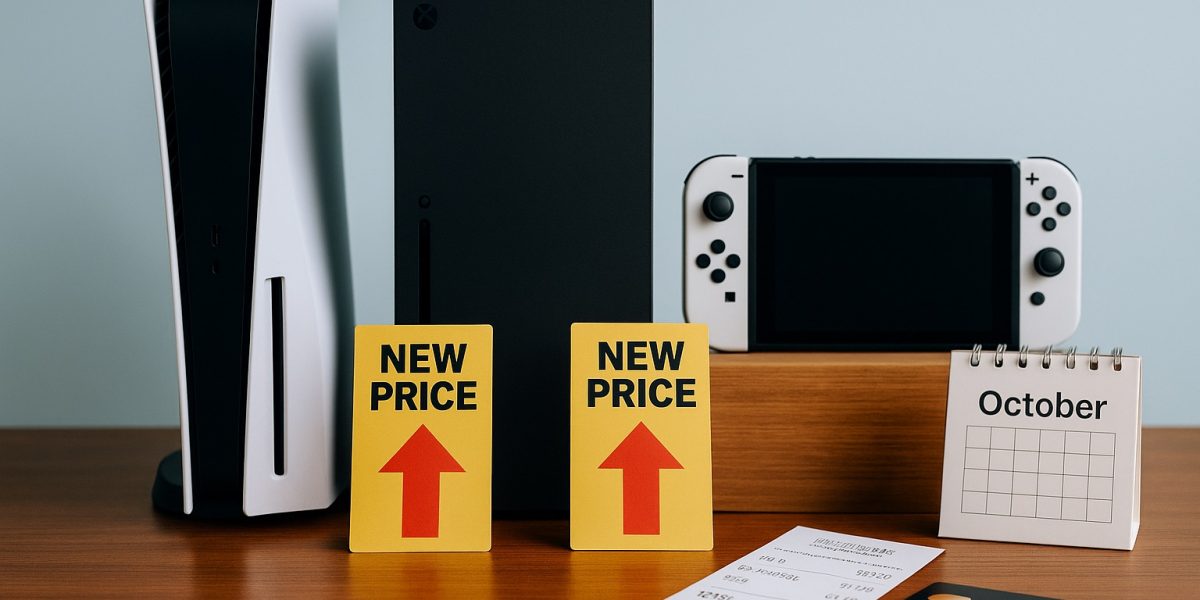Buying consoles at launch used to be terrible advice. You’d pay top dollar for the worst version – fewer games, higher prices, and clunkier hardware that would inevitably get better and cheaper through revisions.
Not anymore. Early console buyers look like geniuses now because prices just keep climbing. Microsoft’s latest Xbox price bump puts the Series X at $649.99 – that’s $150 more than its $499 launch price in 2020.
This couldn’t happen at a worse time for the gaming industry.
The Price Increase Timeline
Microsoft isn’t alone in this trend. The company raised Xbox prices twice this year – first in May, then again last week. The Series S now costs $399.99, up from its original price point.
Sony jumped on the bandwagon too, hiking PS5 prices by $50 across all models in August. Even Nintendo got in on the action, raising the original Switch price by $40 – and that console launched back in 2017.
Game prices have followed suit. We’re now living in an era of $80 titles like Mario Kart World.
What’s Really Behind These Increases
Companies love using fancy language like “changes in the macroeconomic environment” or “market conditions,” but the real culprit is tariffs. They’re affecting everything, not just gaming, but consoles feel particularly vulnerable to these economic pressures.
The timing breaks decades of gaming tradition. Consoles historically got cheaper and better over time. In 2016, both Sony and Microsoft released smaller, less expensive versions of their hardware. Nintendo followed with the handheld-only Switch Lite years later.
Even before tariffs complicated things, this pattern was already showing cracks. When Sony introduced the slimmer PS5 in 2023, it wasn’t cheaper – it just replaced the launch model at the same price.
The math has changed completely. The best time to buy a console is now “as soon as possible” because they’re not getting cheaper anymore.
Why This Matters Beyond Sticker Shock
Higher prices hurt everyone who missed those launch-day deals, but the bigger problem is timing. Consoles are becoming less accessible right when the entire gaming landscape is shifting.
The traditional “console wars” are fading. Xbox games sell well on PlayStation and vice versa. Former exclusives show up on PC regularly. Services like Game Pass muddy the waters between platforms.
There’s less reason to pick one box over another. Options like the Steam Deck offer alternatives that skip consoles entirely. An entire generation grew up on multiplatform experiences like Minecraft, Fortnite, and Roblox.
Spending $80 on games for your $700 console feels increasingly outdated in this environment.
The Long-Term Picture
Consoles aren’t dead, and tariffs won’t kill them outright. But these price increases will likely accelerate changes already happening – traditional consoles becoming niche luxury items rather than the main way people play games.
Growing their audience becomes much harder without the fresh players that typically come with mid-cycle refreshes and price cuts. Instead of expanding the market, higher prices shrink it.
The industry built its business model around consoles getting cheaper and more accessible over time. That foundation just cracked in a major way.




Post a comment